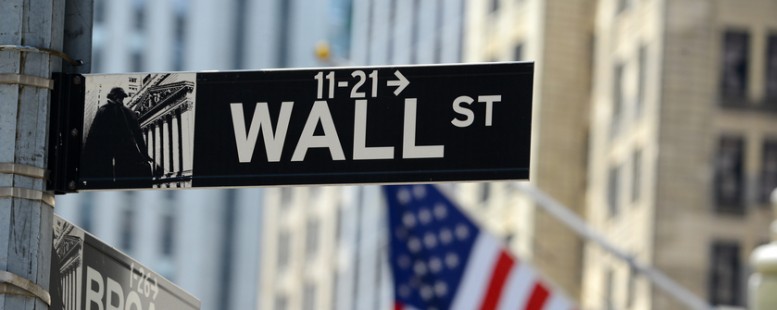Our Opinion: 2022
The end of easy money

The world’s central bankers are starting to see sense. Minutes from the March meeting of America’s Federal Reserve show that policymakers plan to shrink the Fed’s $9trn balance sheet faster than anticipated in response to soaring inflation. The balance sheet is made up of assets, principally US government bonds and mortgage-backed securities, which the Fed has bought during multiple rounds of quantitative easing (QE). Now QE is to be replaced by quantitative tightening (QT).
Officials broadly agree the Fed should shed up to $95bn of assets a month, with the reductions already starting this month. The Fed can reduce its bond holdings by not reinvesting the proceeds of bonds as they mature, or by selling some of them outright. There may be unexpected accidents. In 2019, the last time the Fed was trimming its balance sheet, short-term funding markets briefly seized up after the flood of bonds unleashed on markets caused a cash shortage.
Ultra-loose monetary policy has underpinned record US stock returns. Now the rush to tighten policy is casting a cloud over equities. America’s S&P 500 index is down 2.5% since the start of April, with the Nasdaq Composite falling more than 5%. The Fed waited the best part of a decade to begin reversing its financial crisis-era QE. This time it plans to go much faster.
Developed countries’ central banks have bought about $12trn in bonds since the pandemic began. Reversing trillions of dollars of asset purchases might seem like a powerful way to contain inflation. Yet the way QE works – and hence the effect of unwinding it – is little understood. One theory is that central-bank bond buying shrinks the “term premium” on bonds, effectively a way of cutting long-term borrowing costs. But research by Dario Perkins of TS Lombard finds that the “term premium” does not in fact track the size of central bank balance sheets, suggesting QE may have less impact on bond markets than theorised.
Another theory is that by inflating asset prices and pushing investors into riskier securities QE helps loosen financial conditions. Alternatively, maybe QE is a way for central banks to signal that they are committed to keeping interest rates low. Ultimately no one is quite sure how it works. It’s therefore impossible to determine how a given amount of QT will affect financial conditions. If QE is less important than widely believed, then QT may likewise prove to be a damp squib.
The US has only been through QT once before, in 2017-2019. That went relatively smoothly. But in 2013 the mere hint that the Fed might begin tapering asset purchases sent US bond yields soaring and caused chaos in emerging markets, an event known as the “taper tantrum”. The Fed’s surprise rush into QT this time feels more like the 2013 episode. Investors may not know what will happen when QT begins, but they do know that they don’t like it.
16th May 2022
